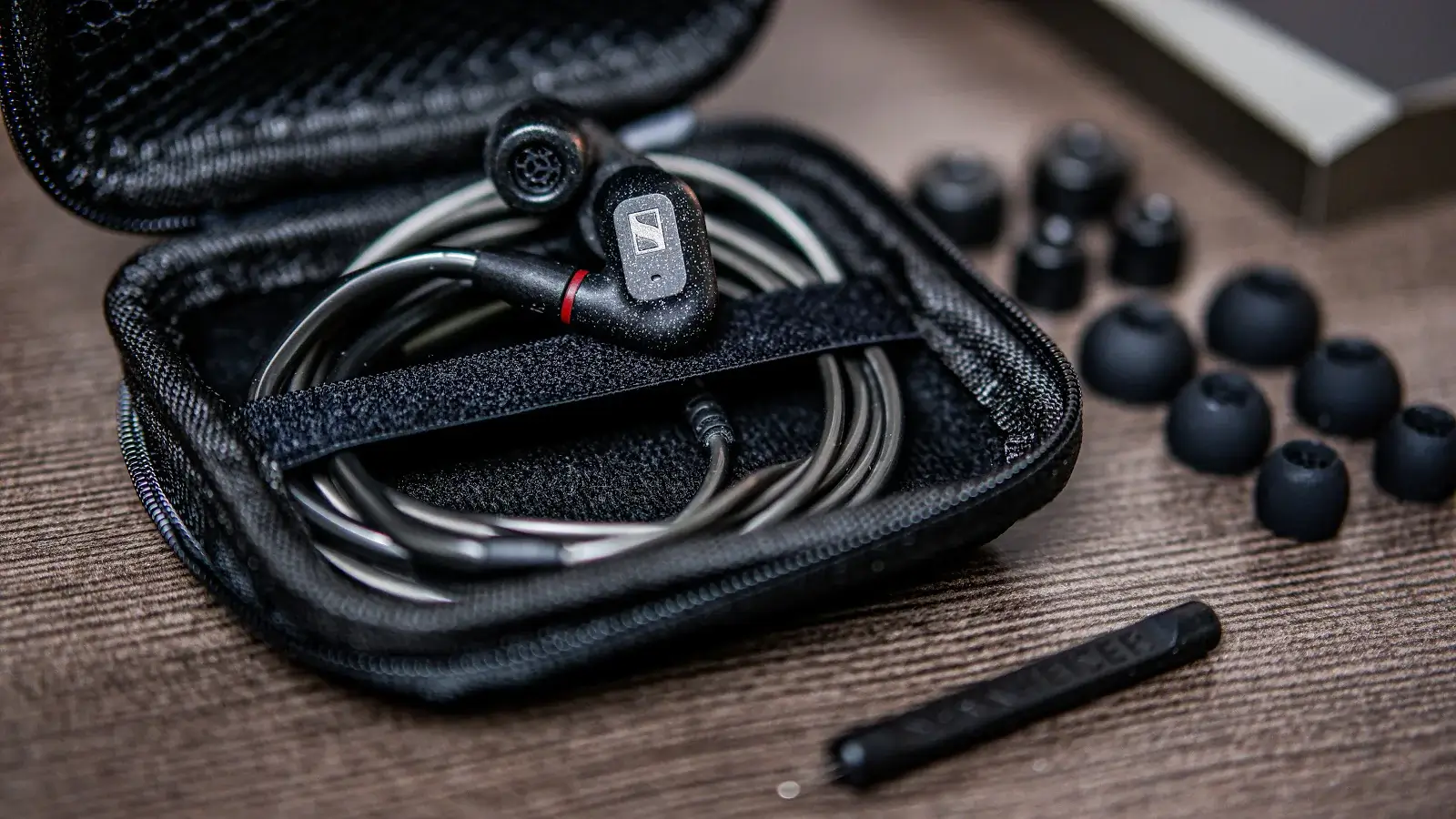Manufacturing is based on the use of specialized tools that allow the production of quality parts on a consistent basis. The tooling can assume very many forms, depending on the production requirements and the complexity of parts that are being manufactured. In this regard, this paper will look into the specifics of several types of manufacturing tooling, its functions, benefits, and applications. Knowing these types of tooling in manufacturing makes them more competent in production and gives added value toward capability in sustaining competition.
Prototyping Tooling Injection Molding
Prototype tooling is part of the manufacturing process that entails the preparation of sample parts before the full-scale production process is applied. These are usually used in the testing and development process for different designs. Injection molded prototype tooling entails the process used in the development of prototype parts whereby molds are used in the process of injection. Normally, this sort of mold is made of aluminum or soft steel, a factor that really cuts the cost and reduces the duration of making the tool.
Other benefits of prototype tooling include that it greatly benefits the development phase: it allows the designers to foresee the probable problems and solve them on their own, thus saving time and money in the entire long process. Once again, it facilitates fast prototyping and testing of ensuring that the ultimate product is in conformance with all the specifications and requirements.
For example, a metal mold manufacturer in Vietnam can use prototype tooling to make parts in the consumer electronics and automotive categories, allowing the development of quick iterations and improvements. You can read more about the Fischer Asia portfolio on mold-maker tooling.
Bridge Tooling
Bridge tooling stands as the intended gap between prototype and full production. It is for both short and medium runs in production, giving an economical solution when the full production tooling cannot be necessary immediately.
Unlike prototype tooling, which is now employed for testing and other kinds of refinement, the bridge tooling is useful for either product introduction to the market or for low-volume production. Such an approach can really work well for businesses in cases where there is a real need to get a part out with the minimum cost but without the cost of a full-production mold.
Benefits of bridge tooling are fast turnaround for user application and lower in cost than full production tooling. It specializes in low- to mid-level production volumes, which include limited edition products and pilot production runs. For instance, sometimes in the medical device industry, bridge tooling is used to produce customer samples of a new product or a complex tool for pilot or market testing.
Manufacturing Tooling
Production tooling is the last process in the making of things on a really large scale. They are basically hardened steel tools to resist the hard work of making products in high volume. Production tooling is very critical to ensuring consistency and efficiency in large-scale production.
Production tooling has quality durability and precision. This tool can make millions of pieces, with very little evidence of wear and erosion. Though the cost in production tooling is high and the producing time is also longer compared to the prototype and bridge, however, this tooling is provided with long-term cost-saving due to its durability and reliability.
This application ranges from automotive parts and consumer electronics to household appliances, where thousands or even millions of identical parts are required.
Cutting Tools
It is common that in types of tooling in manufacturing, one has to cut a piece of material in some shape or size in accordance with a specific dimension to make a part. Therefore, a variety of cutting tools are widely applied in the process of shaping and resizing materials. In basic terms, these tools are designed to cut the workpiece material for intended formation of shape or finish. There are many cutting tools that can perform different kinds of functions.
Drills bore holes, saws drill themselves through substances, and milling cutters are used in removing parts of a surface. Such tools are used in the process of machining, where maximum precision and accuracy are called for. In automotive manufacturing, cutting tools are used, for example, in the making of engine components and various parts of the body that will meet exact standards.
Tools for Forming
There is also another vital role in different types of tools used in manufacturing—the non-removal kind of manufacturing tools—which involves shaping the products. Forming tools are utilized when either molding or bending, or stretching or compressing the material to the form required. A good example of the forming tools is the dies, the molds, or even presses, that includes the stamping, casting, and the forming, respectively, in their use.
Forming tools play a significant role in processes such as stamping, forging, and casting. Some of the important examples are the making of complex shapes and structures in the production of metal parts, which are indispensable for many applications.
The Assembly Tools
Assembly tools are very important tools used in the later stages of types of tooling in manufacturing when a number of single parts are assembled to make one complete part. Such tools are underlain with the rationale to secure parts in a correct way and to maintain them in alignment.
An example of such tools would be screwdrivers to drive screws, wrenches to tighten bolts, and rivet guns to fix materials in place. Tools for assembling are of great importance in the workshop since their application guarantees the integrity and operability of the final products.
In electronic device manufacturing, complex parts get put together to build a device using assembly tools; the same guarantee the functionality for each part. These tools ensure that there is built-in quality and reliability for the finished products.
Measurement and Inspection Tools
Inspection and measurement are functions that would enable manufacturing to ensure the specified standards and tolerances, which are both quality and precision. For these functions to remain, several tools come into play, among them, calipers, micrometers, and CMM.
Calipers, therefore, measure objects’ dimensions with relatively small gradations between measurements. Micrometers are designed to measure the thickness or diameter of objects with high precision.
The probes used in CMM machines locate geometrical physical characteristics of a product. These tools are an important part of quality control and used for ensuring that every part is made according to very stringent specifications in order to guarantee reliability and performance within the product.
Workholding Devices
Tool work holding is an inevitable aspect of manufacturing, for it supports the workpiece during working—either machining or assembly. Work holding refers to the practice of fastening the workpiece in position properly to allow for precision and safety during operation. Common types include clamps, jigs, and fixtures.
Clamps hold the material in position without movement taking place, while the function of jigs is to direct the path of the tool so that a cut or drill can be made accurately. Fixtures refer to specialized support tools tailor-made for specific tasks in providing stability and repeatability. Workholding tools, therefore, support the elements coming into play during the manufacturing process, especially in maintaining quality and precision.
Personalize Tooling
Those manufacturing operations that would require some specialized tools specifically made to meet the requirement would call for custom tooling, while in other cases, it might not be necessary.
Custom tooling means the detail design and fabrication of tooling to fit uniquely with the production requirement. These might include specialty cutting tools, forming dies, or assembly fixtures designed for a particular task.
Custom tooling ensures that all components produced in OEM manufacturing are well designed, efficient, and precisely made. One easily perceives how the applications of that technology can become absolutely necessary in areas like aerospace, where components are one of a kind and are not going to meet standards or geometries if anything less than a custom-made tool was employed in their production.
Maintenance and Calibration Tools
In manufacturing, tooling is maintained and calibrated toward its longevity and secures its consistent performance integrity. Regular maintenance and calibration processes will prevent wear and tear that might lead to failure.
This involves tools such as torque wrenches, which ensure the fasteners are tightened to a certain torque, and alignment tools to ensure equipment is properly aligned. Such types of tooling in manufacturing would be used to predict a problem at an early stage so that certain repairing and setting accommodation can be done in time.
Conclusion
In conclusion: efficient and accurate production runs are very crucial to different types of tooling in manufacturing. Speed in manufacturing can only be optimally achieved if the right tool is used. Fischer is one of the best metal stamping Vietnam. Contact Fischer ASIA today to learn more about how our services can help you.





